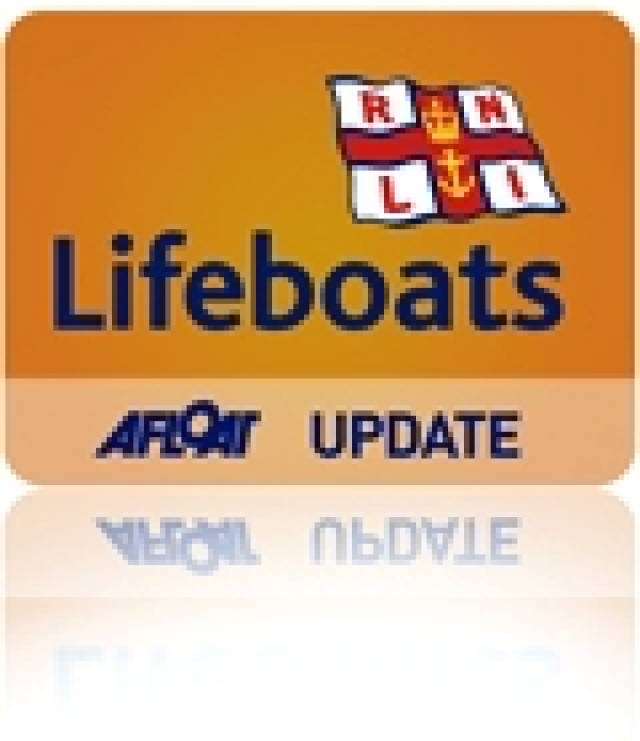#lifejackets – At the recent (21 and 22 Feb 2015) Angling Ireland Show 2015, 367 anglers from all over Ireland visited the RNLI stand for lifesaving tips and sea safety advice, and to avail of the free lifejacket clinic. Out of the 37 lifejackets brought to the clinic 31 of them were found to have safety issues.
John McKenna, Coastal Safety Officer with Howth RNLI commented, 'A lifejacket is useless if you don't wear it, but it's also important to maintain it properly. Three simple steps could help to save your life - check that the gas canister is in good condition and screwed in properly, the firing head is within its expiry date and that a crotch strap is attached securely.'
As Spring approaches more people will soon be taking to the water. Last year was the busiest year ever for Howth RNLI which had 62 launches and brought 107 people to safety. It was the busiest coastal lifeboat station in Ireland in 2014.
'We want everyone to enjoy the water, but to respect it too. By maintaining and wearing a lifejacket properly, anglers and boat-users will give themselves the best possible chance of survival in the case of an emergency,' added McKenna.
3 tips for maintaining your lifejacket
1. Gas Canister – rusted gas canisters can allow the gas to leak out, they are also abrasive and can wear a hole in the fabric of the lifejacket which would prevent it from inflating properly
2. Firing Head – has an expiry date, make sure it is in date otherwise it won't inflate the lifejacket
3. Crotch Straps – not all lifejackets come with crotch straps, they sometimes have to be bought separately. They are necessary to prevent the lifejacket rising up the body and enable the lifejacket to stay securely in place and work most effectively.
Last year the charity marked 190 years of lifesaving and the RNLI is aiming to reduce coastal drowning significantly by 2024. To do this the charity will be expanding its preventative work and will launch Respect the Water, engaging with water users on how to stay safe and maintain their equipment. Water Safety advice is available on www.rnli.org/safety .
If any angling, sailing or boating clubs would like a member of our Sea Safety Team to give a sea safety presentation and carry out a lifejacket clinic, please contact John McKenna at [email protected] .































































